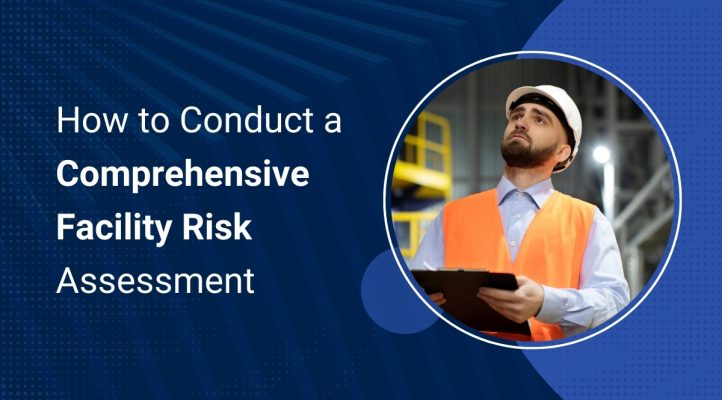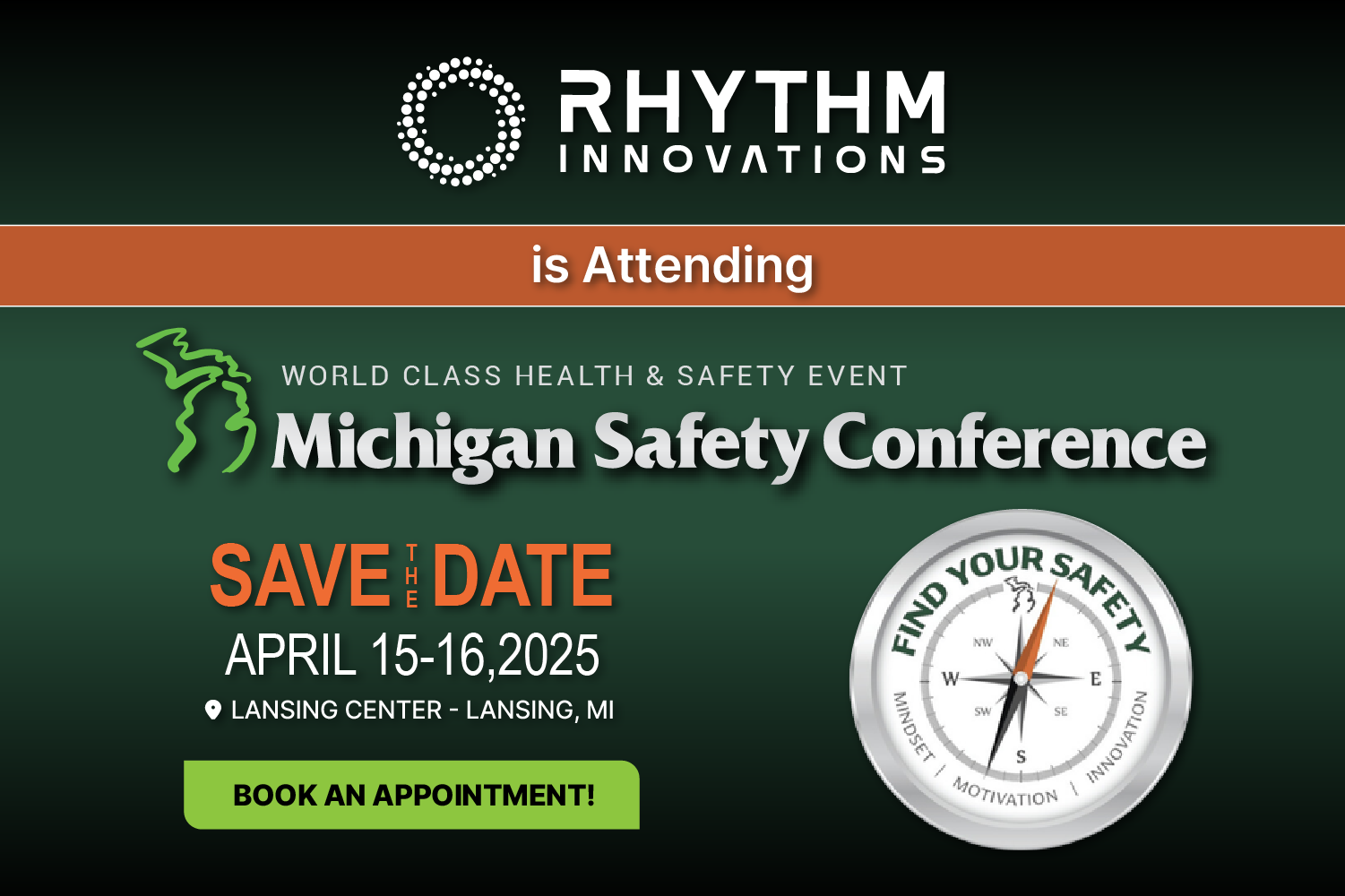How to Conduct a Comprehensive Facility Risk Assessment

Ensuring the safety and continuity of facility operations is essential for any organization. A thorough facility risk assessment helps identify potential hazards, minimize risks, and maintain operational continuity. This guide walks you through key steps to conduct a comprehensive facility risk assessment, highlighting how Rhythm Innovations can support your efforts.
Establish the Assessment Framework
Start by defining the scope and objectives of the assessment. Consider the facility’s size, operations, and unique risk factors. Assemble a cross-functional team including facility managers, safety officers, and relevant department heads. Rhythm Innovations provides expert consultation to define assessment goals and offers tailored solutions based on facility-specific needs.
Identify Potential Risks
Conduct a walkthrough of the facility to identify potential risks. Common areas to assess include:
- Physical Hazards: Check for structural damage, fire risks, and electrical issues.
- Environmental Hazards: Assess risks from natural disasters like floods or earthquakes.
- Operational Risks: Review equipment functionality, maintenance records, and operational processes.
- Security Threats: Evaluate security systems, access controls, and potential for theft or vandalism.
Rhythm Innovations conducts comprehensive facility safety audits and deploys advanced monitoring and detection systems.
Evaluate the Risks
Once identified, evaluate each risk based on its likelihood and potential impact. Use a risk matrix to categorize risks as low, moderate, high, or critical.
- Impact: What consequences could result if the risk materializes?
- Likelihood: How probable is the risk?
Rhythm Innovations provides detailed risk analysis reports and recommends prioritized action plans.
Develop Mitigation Strategies
Create action plans to reduce or eliminate identified risks. Consider measures such as:
- Implementing regular maintenance schedules.
- Enhancing security protocols.
- Conducting staff training on emergency procedures.
- Upgrading outdated equipment or infrastructure.
Rhythm Innovations designs and implements custom risk mitigation strategies, delivering maintenance and upgrade services.
Document and Communicate the Findings
Document all findings, including identified risks, assessment methods, and recommended mitigation strategies. Share this report with key stakeholders and ensure action plans are clearly communicated and understood.
Rhythm Innovations generates comprehensive assessment reports and facilitates communication with key decision-makers.
Monitor and Update the Risk Assessment
Facility risks can evolve due to changes in operations, new equipment, or emerging threats. Schedule periodic reviews and update the risk assessment regularly.
Rhythm Innovations provides continuous monitoring services and conducts regular reassessments and system updates.
Conclusion
A comprehensive facility risk assessment is essential for maintaining facility safety and ensuring operational continuity. By proactively identifying and mitigating risks, organizations can safeguard their people, assets, and business operations. Partner with Rhythm Innovations to build a safer and more resilient environment today.


